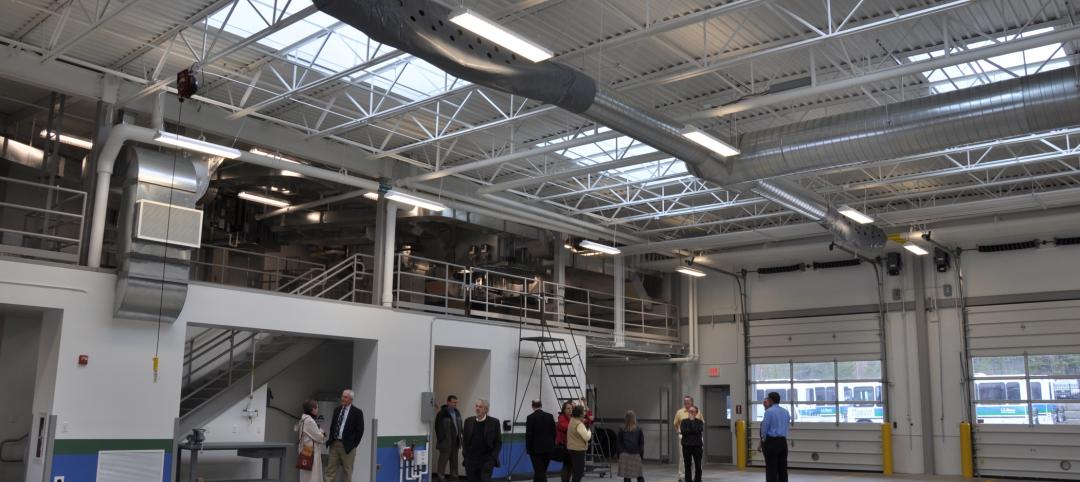Spending by U.S. businesses on new and used structures and equipment rose 4.5%, from $1.42 billion in 2012 to $1.49 billion in 2013, according to the latest economic data released today by the U.S. Census Bureau.
These findings come from the 2013 Annual Capital Expenditures Survey, which provides statistics on capital spending for new and used structures and equipment by U.S. non-farm businesses with and without paid employees. This survey, conducted annually since 1994, is an integral part of the federal government’s effort to improve and supplement ongoing statistical economic programs.
Highlights:
• Investments for new and used structures totaled $577.9 billion in 2013. The vast majority of this amount, $545.0 billion (94.3%), was spent on new structures. Expenditures for used structures totaled $33.0 billion (5.7%) in 2013.
• Investments in new and used equipment totaled $910.3 billion in 2013, up $57.0 billion (6.7%) from $853.2 billion in 2012. The majority of this amount (94.1%) was for new equipment, which totaled $856.7 billion in 2013, an increase of $56.5 billion (7.1%) from $800.2 billion in 2012. Expenditures for used equipment (5.9% of the amount) totaled $53.5 billion in 2013.
• Companies with employees accounted for $1.4 trillion (93.9%) of total capital spending in 2013.
• Of the 19 North American Industry Classification System (NAICS) major industry sectors covered in this report, only one sector had a statistically significant year-to-year decrease in capital spending: The utilities sector (NAICS 22) showed a decrease of 10.6%, from $125.0 billion in 2012 to $111.7 billion in 2013. Eight sectors had a statistically significant increase in capital spending and ten showed no statistically significant change during this period.
Related Stories
| May 29, 2012
AIA expands Documents-On-Demand service??
Six new documents added, DOD offers nearly 100 contract documents.
| May 29, 2012
Legrand achieves over 20% energy-intensity reduction in Presidential Challenge
West Hartford headquarters announced as Better Buildings, Better Plants “Showcase” site.
| May 29, 2012
Thornton Tomasetti/Fore Solutions provides consulting for Phase I of Acadia Gateway Center
Project receives LEED Gold certification.
| May 24, 2012
2012 Reconstruction Awards Entry Form
Download a PDF of the Entry Form at the bottom of this page.
| May 24, 2012
Gilbane’s Spring 2012 economic report identifies multiple positive economic and market factors
Anticipating increasing escalation in owner costs through 2014.
| May 24, 2012
Construction backlog declines 5.4% in the first quarter of 2012?
The nation’s nonresidential construction activity will remain soft during the summer months, with flat to declining nonresidential construction spending.
| May 24, 2012
Stellar completes St. Mark’s Episcopal Church and Day School renovation and expansion
The project united the school campus and church campus including a 1,200-sf chapel expansion, a new 10,000-sf commons building, 7,400-sf of new covered walkways, and a drop-off pavilion.
| May 23, 2012
MBI Modular Construction Campus Launched on BDCUniversity.com
White Papers, Case Studies, Industry Annual Reports, published articles and more are offered.
| May 23, 2012
Gifford joins Perkins Eastman as principal
Design and planning expertise in science, technology, education, and healthcare.
















